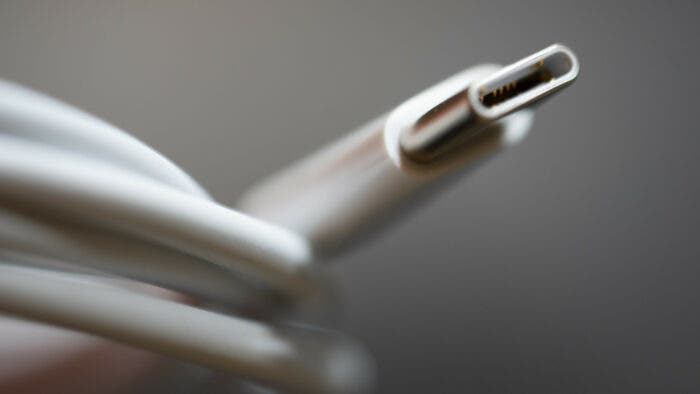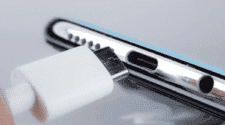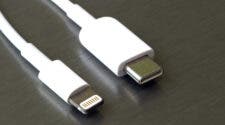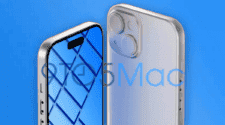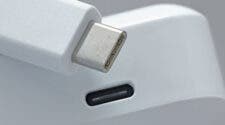A few days ago, the USB-IF organization released the latest USB Type-C interface and cable v2.1 version standard protocol. The new standard is known as USBC 2.1. As the organization proves and displays, the power supply capacity has been increased from 100W to 240W. Simply put, gaming notebooks supporting this standard, in the future, won’t need a separate power adapter.
“With the new higher power capabilities enabled by the USB PD 3.1 Specification, which unlocks up to 240W over a USB Type-C cable and connector, USB-IF saw an opportunity to further strengthen and simplify its Certified Logo Program for the end user,” said Jeff Ravencraft, USB-IF President and COO. “With our updated logos, consumers can easily identify the USB4 performance and USB Power Delivery capabilities of Certified USB-C Cables, which support an ever-expanding ecosystem of consumer electronics from laptops and smartphones to displays and chargers.”
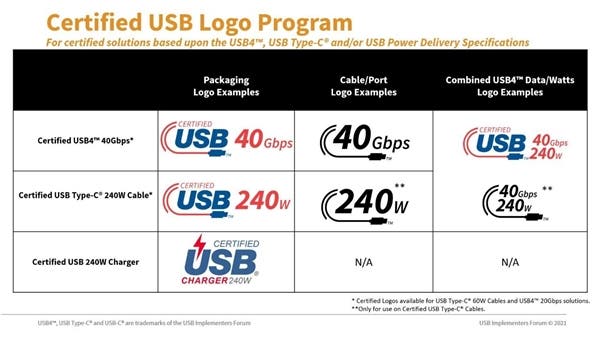
New Approach Of USBC 2.1 Displaying Various Info
When announcing the new standard, the organization focused more on new Certified USB Type-C® Cable Logos. They display cable power capabilities in watts, clearly indicating support for 60W or 240W as defined by the USB Power Delivery 3.1 Specification.
Also Read: Apple Explains Why It Opposes The Usb Type-C Unification
Why is this important? Starting from USB 3.1, the USB-IF organization really made a mess of naming. USB 3.1 is divided into Gen1 and Gen2. The latter USB 3.2 is even more messy. The full name is USB 3.2 Gen2x2. Its previous USB 3.1 and USB 3.0 were renamed USB 3.2 Gen2 and USB 3.2 Gen1, respectively. 5Gbps USB 3.0 can also be turned into a new interface such as USB 3.2, which makes it impossible for players to distinguish how fast it is.
In the past, it was quite confusing when trying to find the correct USB-C cable for our devices. Moreover, though the connectors look identical, USB-C cables all meet different standards for power delivery speeds, data transfer, and more.
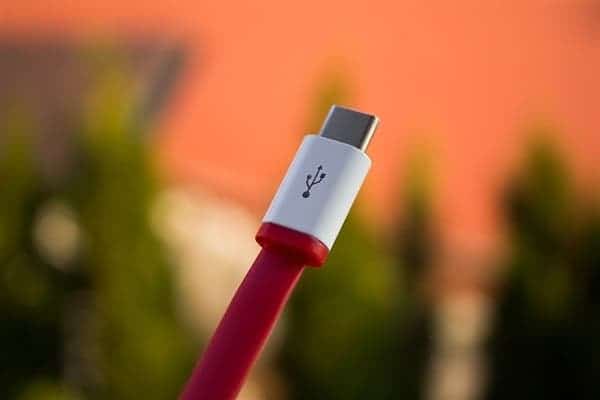
Still Needs Clarification
We understand that this doesn’t solve the pain point of accessory manufacturers who don’t conform to the full USB-IF standards. That’s why the organization says consumers should always “purchase certified products from trusted sources that display USB-IF Certified Logos on packaging, product briefs, or the device, charger, and cable itself.”
With the USB4, the organization wants to unify the standard. Unfortunately, there still will be two names: USB4 20 and USB4 40. It’s not as messy as the previous versions but users need even more simplified names. On the other hand, we can clearly see the speed difference.
As for the USBC 2.1 standard, the manufacturers can finally market different speeds and power supply capabilities with complete marks. Everyone can distinguish them by looking at the interface and cable logos.

